Harvard Update in Hospital Medicine 2024
Comprehensive updates, advances, and best practices to optimize inpatient care
Update in Hospital Medicine will be held online this year, using live streaming, electronic Q&A, and other remote learning technologies.
OVERVIEW
This 4-day intensive program updates busy practitioners on current best practices in hospital medicine. The curriculum covers over 30 core topics, with an emphasis on practical management of common problems (See schedule):
- Heart failure
- Atrial fibrillation
- Pregnancy
- Acute coronary syndromes
- Diabetes
- Psychiatric disorders
- ECG interpretation
- Radiology interpretation
- Laboratory interpretation
- Bacteremia
- UTI
- Pneumonia
- Obesity
- Critical care
- Skin and soft tissue infections
- Stroke/TIA
- C. difficile
- End-stage renal disease
- Acute kidney injury
- HIV
- Endocrinology
- Health equity
- GI bleed
- Hematology
- Allergy
- Geriatrics
- Delirium
- Pain and palliative care
- Alcohol withdrawal
- Opioid use disorder
- COPD
- Preoperative evaluation
- Dermatology
- Electrolyte disorders
- Syncope
- Venous thromboembolism
- Pancreatobiliary disease
- Cirrhosis
- Artificial intelligence
- Antibiotics
- Goals of care conversations
- Trauma-informed care
Using a case-based format, lecturers distill recent evidence, guidelines, and expert opinion to offer “bottom line” recommendations. Faculty include both hospitalists and specialists, and rank among the best teachers at Harvard Medical School.
2024 PROGRAM HIGHLIGHTS
- Comprehensive review of inpatient antibiotic therapy
- Thrombolysis in acute stroke: are we going to need a bigger window?
- New data on optimal treatment duration for skin and soft tissue infections
- Treating acute and chronic pain in patients with substance use disorders
- Less is more in the long run? DAPT vs. monotherapy in ACS
- State-of-the-art management of systolic and diastolic heart failure
- Oral fecal microbiota therapy: new first-line for C. difficile?
- The jury is out: anticoagulation in silent atrial fibrillation with a low CHA2DS2-VASc
- Differentiating skin infections and mimics in hospitalized patients
- GLP-1 agonists for weight loss: hot takes for the hospitalist
- Trauma-informed care in the hospital
- Anti-racism in hospital medicine, from triage to care transitions
- Covert hepatic encephalopathy: more common than you think
- New kid on the block: cystatin C for GFR
- Thrombolytics vs. DAPT for mild strokes: weighing the risks and benefits
- Best practices in pharmacotherapy for agitated delirium
- Injectable therapy for HIV
- Harm reduction: reducing the risk of opiate overdose at discharge
- Evolving strategies for hepatorenal syndrome: terlipressin
- Eliminate drug-resistant infections with this one weird trick
- Delirium: an ounce of prevention is worth a pound of cure
- Best practices and risk mitigation surrounding patient-directed discharges
- Do they really need admission? Identifying the low-risk PE patient
- Should you switch anticoagulants in patients with breakthrough strokes?
- The debate continues: cefepime vs. piperacillin-tazobactam for sepsis
- Are DOACs the preferred anticoagulant in patients with cancer?
- Evidence-based tools for risk stratification in syncope
- Microdosing protocols for buprenorphine induction
- Evidence-based strategies for serious illness conversations in the hospital
- To DAPT or not to DAPT: antiplatelet therapy in stroke and TIA
- HELLP me: managing medical complications in pregnant and postpartum patients
- The never-ending story: steroids in sepsis
- Are GLP-1 agonists and SGLT2 inhibitors kidney-saving medications?
- Capacity assessment: can this patient make their own decisions?

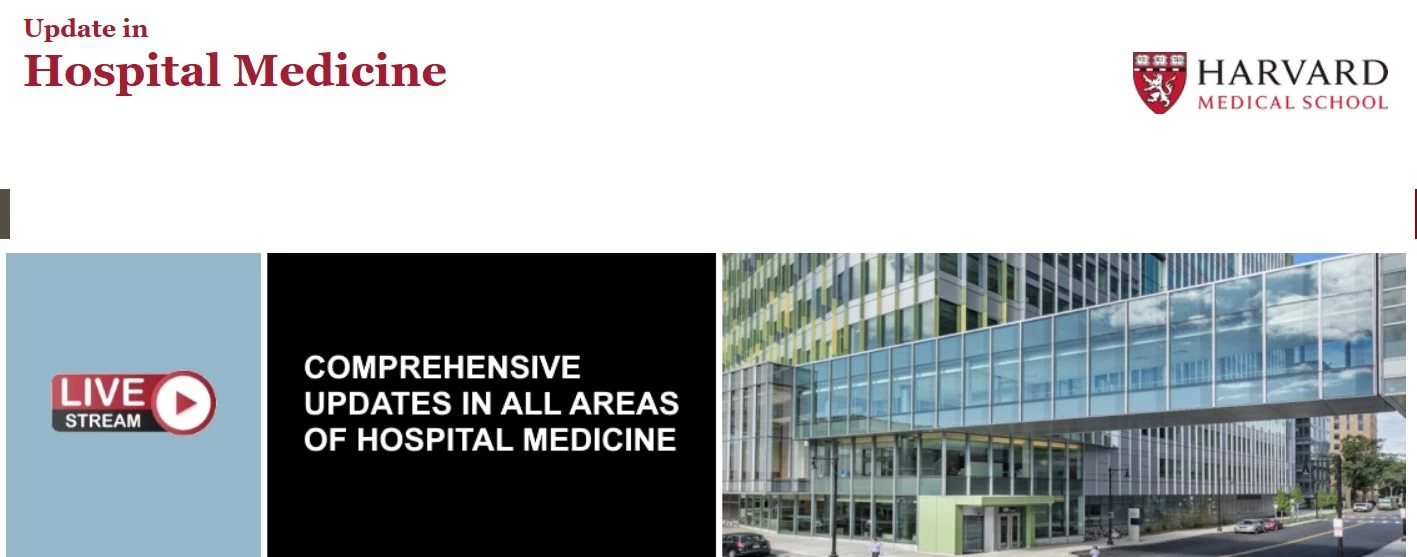


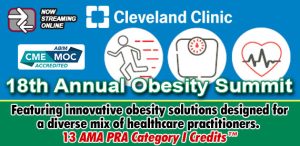
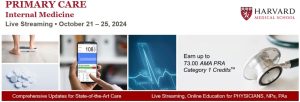
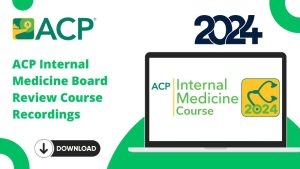
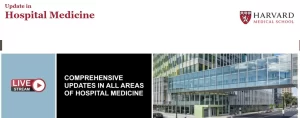
Reviews
There are no reviews yet.